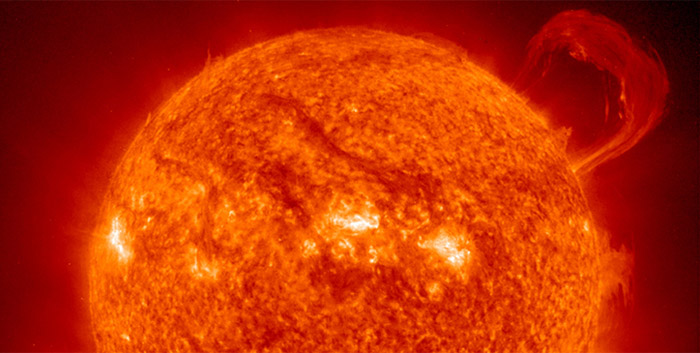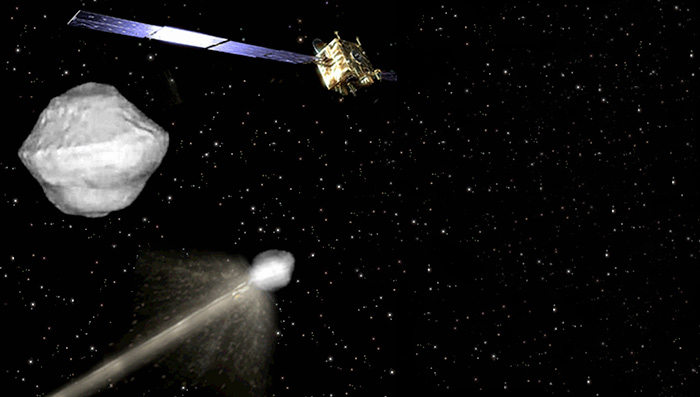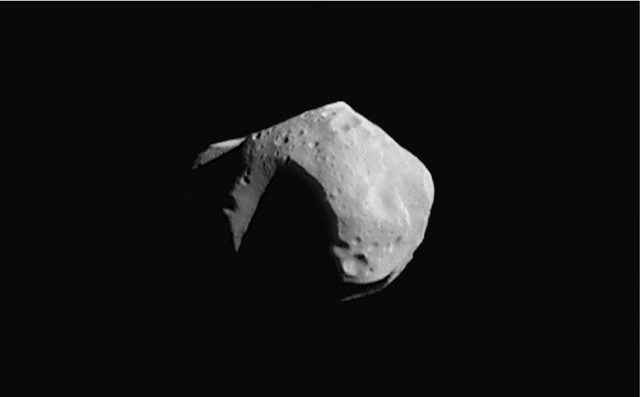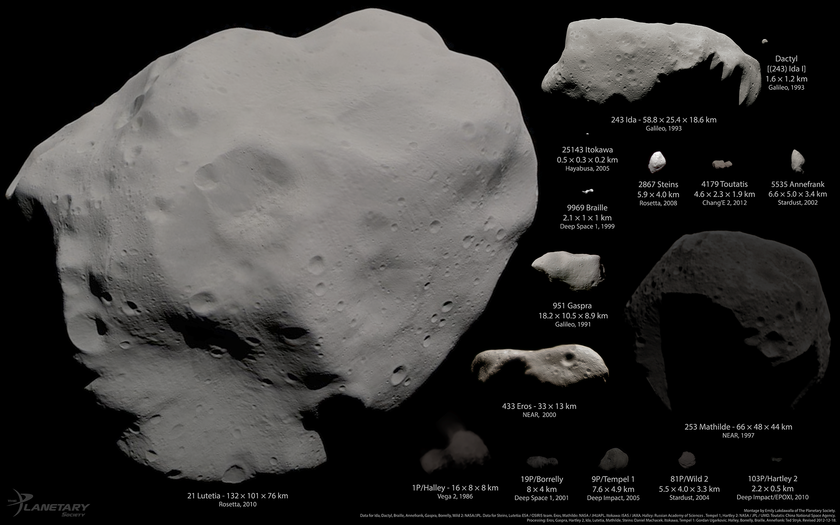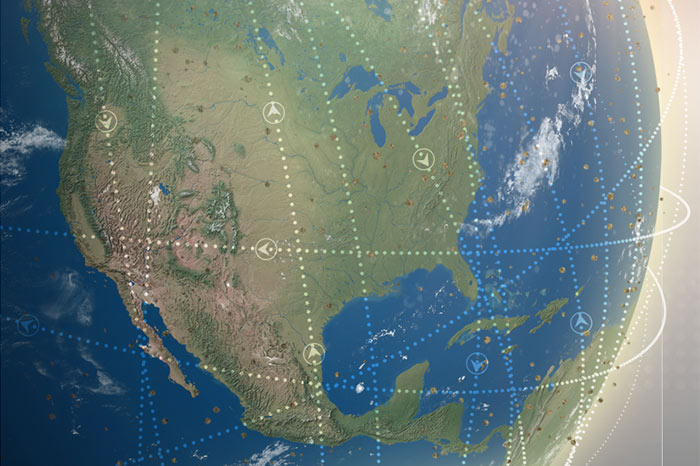A large meteor strike has been reported in Chalyabinsk, Russia, about 1500 kilometers east of Moscow. Reports indicate major damage to buildings, including a roof collapse at a zinc factory, and at least 102 people injured, many from broken glass, according to Associated Press.
The impact reportedly occurred at 9:20 AM local time, or 0320 GMT (10:20 PM EST).
[Update: Russia Today now puts the injuries at 950, including 159 children. 110 people are reported to be hospitalized. Nearly 3,000 buildings are reported to be damaged, including 34 medical facilities and 361 schools. There are no reports of fatalities yet, about half the windows in the city are broken, so there is danger from the cold.]
[Three impact craters have been found, one about 6 meters in diameter. Most of the damage appears to have been from the sonic boom. Based on data from five infrasound monitoring stations and calculations by Peter Brown at the University of Western Ontario, initial size estimates for the object have been revised upward. The current estimate puts the object, prior to entering the Earth’s atmosphere, at 49-55 feet in diameter (15-17 meters) and mass 7,000 to 10,000 tons. The energy released is estimated at nearly 500 kilotons. The event lasted for 32.5 seconds from atmospheric entry to the airborne disintegration. This is considered to be a 100-year event, which can be expected to happen about once in a a Century. Still, it could have been a lot worse.]
[It now appears this object came in on a different trajectory and was not related to 2012 DA14.]
It’s shocking that Near Earth Objects, which have so much potential for destruction, get so little respect. The recent National Academy of Sciences report on NASA’s Strategic Direction and the Need for a National Consensus, which dissed asteroid missions, is a good example. Perhaps this event will serve as a wakeup call for beltway insiders.
[youtube=http://www.youtube.com/watch?v=36MEsWC1Pzc&w=700]
[youtube=http://www.youtube.com/watch?v=XDqYclzto7k&w=700]
[youtube=http://www.youtube.com/watch?v=QIMKQihoYRI&w=700]
[google-map-v3 width=”700″ height=”400″ zoom=”3″ maptype=”roadmap” mapalign=”center” directionhint=”false” language=”default” poweredby=”false” maptypecontrol=”true” pancontrol=”true” zoomcontrol=”true” scalecontrol=”true” streetviewcontrol=”true” scrollwheelcontrol=”false” draggable=”true” tiltfourtyfive=”false” addmarkermashupbubble=”false” addmarkermashupbubble=”false” addmarkerlist=”Chalyabinsk, Russia{}1-default.png” bubbleautopan=”true” showbike=”false” showtraffic=”false” showpanoramio=”false”]




